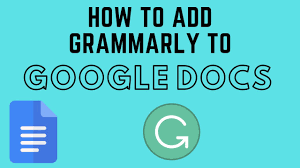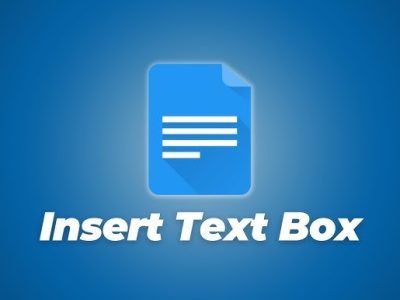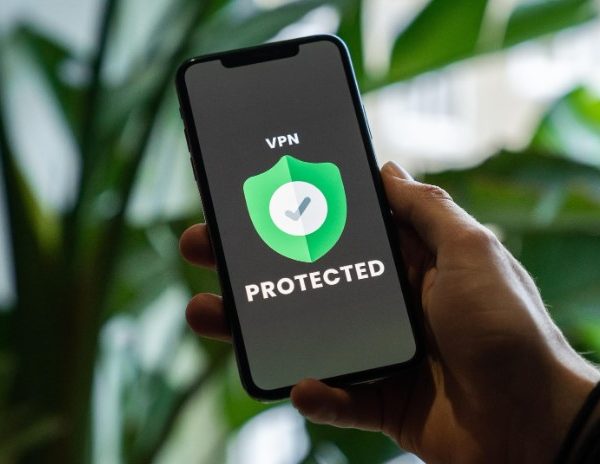Imagine being stranded on a deserted island with no way to call for help. The feeling of isolation and vulnerability can be overwhelming. Similarly, in today’s fast-paced world, access to reliable communication is essential for staying connected and informed. This is where Lifeline plans come in.
Lifeline plans are government-supported programs that help low-income households stay connected by providing discounted phone or internet services. While these plans may not offer the latest technology or unlimited data, they provide a lifeline for those who need it most. In this article, we will explore the basics of Lifeline plans, how they work, and the top providers and their plans. Whether you’re looking for affordable phone service or internet access, understanding your options can save you money while keeping you connected to the world around you.

What is a Lifeline Plan?
The section currently under discussion provides an overview of the fundamental aspects of a program known as Lifeline Plan, which aims to provide affordable communication services to low-income households in the United States. This initiative was introduced by the Federal Communications Commission (FCC) in 1985 with the intention of ensuring that all Americans have access to basic telephone services regardless of their economic status. Since then, it has evolved and expanded into a program that now includes discounted voice and broadband internet services.
One of the benefits of lifeline plans is that they can significantly reduce household expenses for low-income families. The discounts offered are substantial enough to make a real difference in people’s lives, particularly those who struggle to meet their basic needs every month. Moreover, eligibility requirements for lifeline plans are straightforward and simple. Low-income households can qualify if they participate in certain government programs such as Medicaid or Supplemental Nutrition Assistance Program (SNAP), or if their income is at or below 135% of the federal poverty guidelines. This means that millions of Americans could be eligible for this service without needing any additional documentation or verification processes.
How Do Lifeline Plans Work?
Understanding the mechanics of government-subsidized phone plans is crucial for those seeking to reduce their monthly expenses. Lifeline Plans are designed to offer subsidized wireless or landline services to low-income households, veterans, and people with disabilities. In order to qualify for a Lifeline Plan, individuals must meet certain eligibility requirements such as income-based qualifications or participation in specific federal assistance programs like Medicaid, SNAP (Supplemental Nutrition Assistance Program), Federal Public Housing Assistance (FPHA), and more.
Lifeline Plans typically offer a range of benefits that vary depending on the provider and location. These benefits may include free cell phone service, a discounted rate on voice minutes and texts, discounts on smartphones, and even free data plans. While these plans can be incredibly helpful for those who need them most, it’s important to note that there are limitations to what they offer. For example, some Lifeline Plans may have restrictions on international calls or roaming fees outside the United States. It’s important for individuals interested in this program to research different providers and their offerings before making any commitments.
Top Lifeline Providers and Their Plans
This section provides information on the top providers of government-subsidized phone plans, offering a glimpse into the options available for those seeking affordable communication services. The Lifeline plan discounts are available to low-income households who meet certain eligibility requirements, including participation in government assistance programs such as Medicaid or SNAP, or having an income at or below 135% of the federal poverty guidelines.
One of the largest Lifeline providers is Assurance Wireless, which offers free cell phones and monthly talk and text minutes to eligible customers. Another popular option is Safelink Wireless, which also provides free phones and monthly allotments of talk time and texts. Other top providers include Q Link Wireless, Access Wireless, and enTouch Wireless. Customers should compare plans from different providers to find one that suits their needs best while meeting eligibility requirements for these discounted services.
Choosing the Right Lifeline Plan for Your Needs
Selecting an appropriate Lifeline plan that suits one’s communication needs and eligibility requirements necessitates a careful consideration of various providers’ offerings. Before deciding on a provider, one should first assess their eligibility for the program. For instance, some providers require applicants to be enrolled in certain government assistance programs such as Medicaid or Supplemental Nutrition Assistance Program (SNAP). Others may have specific income thresholds that must be met to qualify for the discount.
Once eligibility requirements are met, it is important to compare plan features offered by different providers. Some plans may offer unlimited talk and text while others may provide limited minutes or texts per month. Additionally, some plans offer data services while others do not. It is essential to evaluate what type of communication services one requires and choose a plan that meets those specific needs. Moreover, users should consider additional benefits offered by certain Lifeline providers such as free smartphones or discounted international calling rates. By taking these factors into account, users can make an informed decision about which Lifeline plan best suits their unique communication needs and budget constraints.
FAQ
What is the income requirement for qualifying for a Lifeline Plan?
To qualify for the Lifeline program benefits, individuals must meet certain income eligibility requirements. According to a recent report by the Federal Communications Commission (FCC), approximately 36% of eligible households are not currently enrolled in the Lifeline program. The income requirement for qualifying for a lifeline plan varies by state and is based on either meeting federal poverty guidelines or participation in a specific government assistance program such as Medicaid or Supplemental Nutrition Assistance Program (SNAP). It is important to note that while eligibility criteria may differ, Lifeline program benefits typically include discounted monthly phone or internet services, which can provide critical access to communication and information resources for low-income households.
Can I use my Lifeline Plan for international calls?
International rates for phone calls can be expensive and may pose a challenge to individuals who rely on communication with loved ones abroad. Unfortunately, the Lifeline plan does not offer international call services; therefore, users cannot use their Lifeline benefits for international calls. However, there are alternative options available that offer low-cost or free international calls. Some of these alternatives include WhatsApp, Skype, Google Voice, and Viber. While these options may require internet connectivity, they provide users with an affordable means of staying in touch with their friends and family outside the United States.
Is there a limit to the amount of data I can use on my Lifeline Plan?
It’s a well-known fact that unlimited data is an elusive dream for many. It’s almost as if the idea of infinite access to the internet has become a mirage, something to be chased but never quite caught. Unfortunately, this holds true even for those on Lifeline plans. Data usage restrictions are very much a reality for Lifeline plan holders and can vary depending on the carrier they choose. When it comes to comparing Lifeline plans, it’s essential to keep in mind these restrictions and determine which option best suits your needs. So while you may not be able to attain unlimited data just yet, careful consideration of different Lifeline plans can help ensure that your data usage requirements are met without breaking the bank.
How long does it take to get approved for a Lifeline Plan?
The average processing time for a Lifeline plan varies depending on the state and service provider. However, it typically takes around two to four weeks for approval. To expedite the process, applicants should ensure they have all the required documentation ready, which may include proof of income or enrollment in government assistance programs. It’s important to note that incomplete or inaccurate applications can delay approval. Once approved, applicants will receive their Lifeline benefits, which may include discounted phone or internet services, within a few days.
Can I switch to a different Lifeline Provider without losing my current plan?
Switching providers for Lifeline plans is possible, but it is important to ensure that you meet the eligibility criteria for the new provider before making any changes. The Federal Communications Commission (FCC) provides guidelines and regulations that must be followed by all Lifeline providers. These guidelines include verifying a subscriber’s eligibility prior to enrollment in the program, ensuring only one Lifeline service per household, and allowing subscribers to switch providers once every 60 days without losing their current plan. However, it is essential to note that some Lifeline providers may have additional requirements or restrictions beyond those set by the FCC. Therefore, before switching providers, it is crucial to research and compare different options carefully to ensure you are making an informed decision.
Conclusion
In conclusion, lifeline plans are an excellent option for individuals who need access to reliable communication services at an affordable price. These plans work by offering discounts on phone and internet services to qualified low-income households. Some of the top providers of these plans include AT&T, Verizon, and T-Mobile. When choosing a lifeline plan, it is important to consider your specific needs and budget in order to find the best option for you.
Overall, exploring your options for lifeline plans can be a great way to stay connected without breaking the bank. With so many providers offering these discounted services, finding a plan that fits your needs should be relatively easy. By taking advantage of these programs, you can ensure that you have access to essential communication tools while also saving money in the process.











